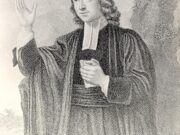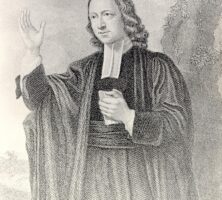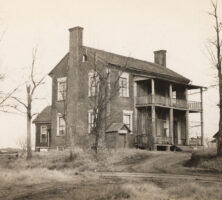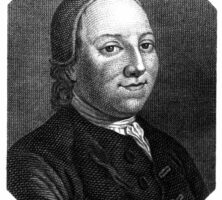The Moravians are Protestants who trace their origins to ancient Bohemia, in the present-day Czech Republic. The denomination was founded in the fifteenth century. Today, only one Moravian congregation exists in Georgia.
Colonial Era
The Moravians’ move to Georgia in 1735 was one of many in their worldwide missionary campaign during the mid-eighteenth century to unite Christians and convert non-Christians. The campaign included efforts in Africa, the Caribbean, India, North America (including Greenland), Suriname, and much of Europe. Many German and other Protestant leaders mistrusted or condemned the group because of its desire to unite the Christian churches and several unusual practices that deviated from traditional Protestant thought, including an acceptance of women preaching and holding religious offices.
Consequently, Moravian activities in Georgia were closely watched, debated, and written about in Europe. While the community in Georgia did not last long and was never very large (at most, forty-one immigrants and converts, including twelve preachers and missionaries), it marked the beginnings of the group’s very successful settlement in North America, and the community became an important part of the ongoing transatlantic evangelical revival then occurring in Europe and British North America, where it is usually referred to as the Great Awakening. Many of the German-language letters, diaries, and reports of Moravians and their allies and enemies in the colony were published, and others are still preserved in European and American archives, offering historians important materials for studying life in early Georgia.
During their ten years in Georgia (1735-45) the Moravians, led initially by August Gottlieb Spangenberg and David Nitschmann and later by Johann Hagen, lived in a communal settlement in Savannah. Things did not go well for them. They had hoped to bring with them a few hundred Schwenkfelder refugees, a persecuted religious group from Silesia, but this group decided at the last minute to go to Pennsylvania instead. The Moravian leader Count Nicolaus Ludwig von Zinzendorf had also hoped to assist the persecuted Lutheran refugees from Salzburg who were on their way to Georgia. But the Lutheran leaders in Halle, Germany, intervened, wrestled this mission away from the Moravians, and kept the Salzburgers in Ebenezer, a few miles upriver of Savannah.
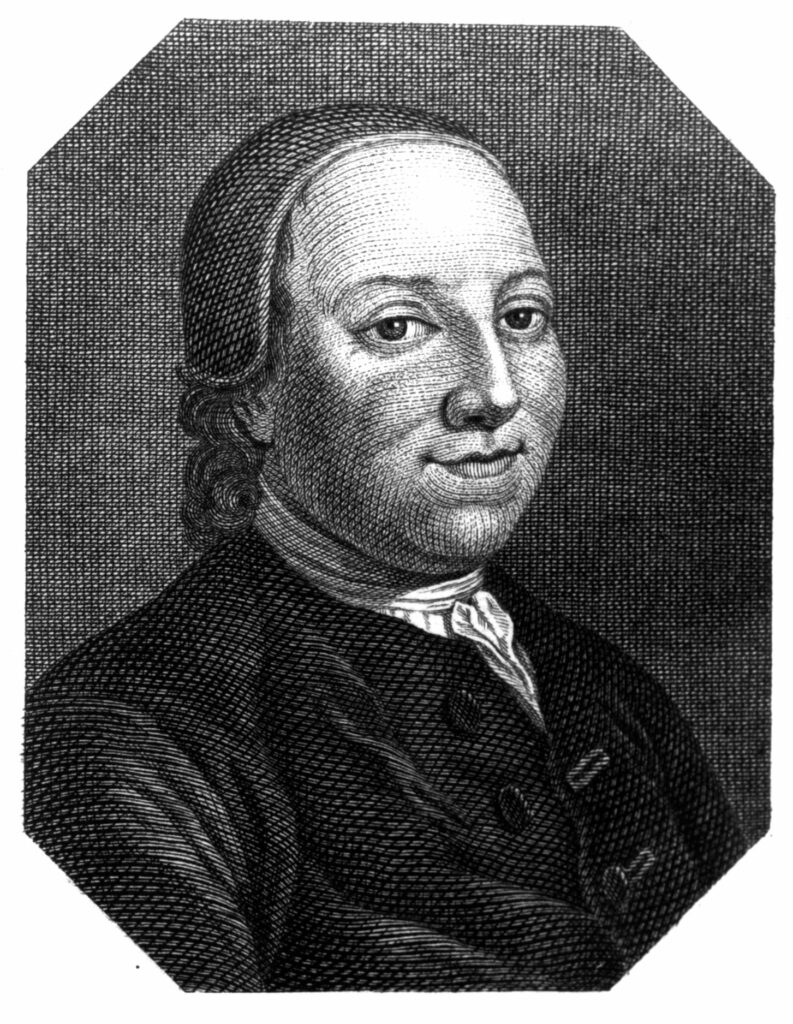
Courtesy of Hargrett Rare Book and Manuscript Library, University of Georgia Libraries.
After these disappointments the Georgia Moravians began to concentrate on converting Native Americans and also enslaved Africans across the river in Purysburgh, South Carolina. The war with Spain that began in 1739, however, undermined the former mission, while disease, lack of interest among enslaved people, and distaste among slaveholders for missionaries quickly ended the latter. Though recruited and welcomed by the Georgia Trustees in London, the Moravians became involved in tense religious conflicts with the Lutherans at Ebenezer and with the evangelist George Whitefield and his supporters in Savannah. John Wesley, who came to the colony with a group of Moravians in 1736, thought highly of them and attempted to mediate between them and the Lutherans, but relations between the two groups deteriorated once again after he left Georgia. Thus, in spite of their promising start settling in and around Savannah, the Moravian mission was not a success.
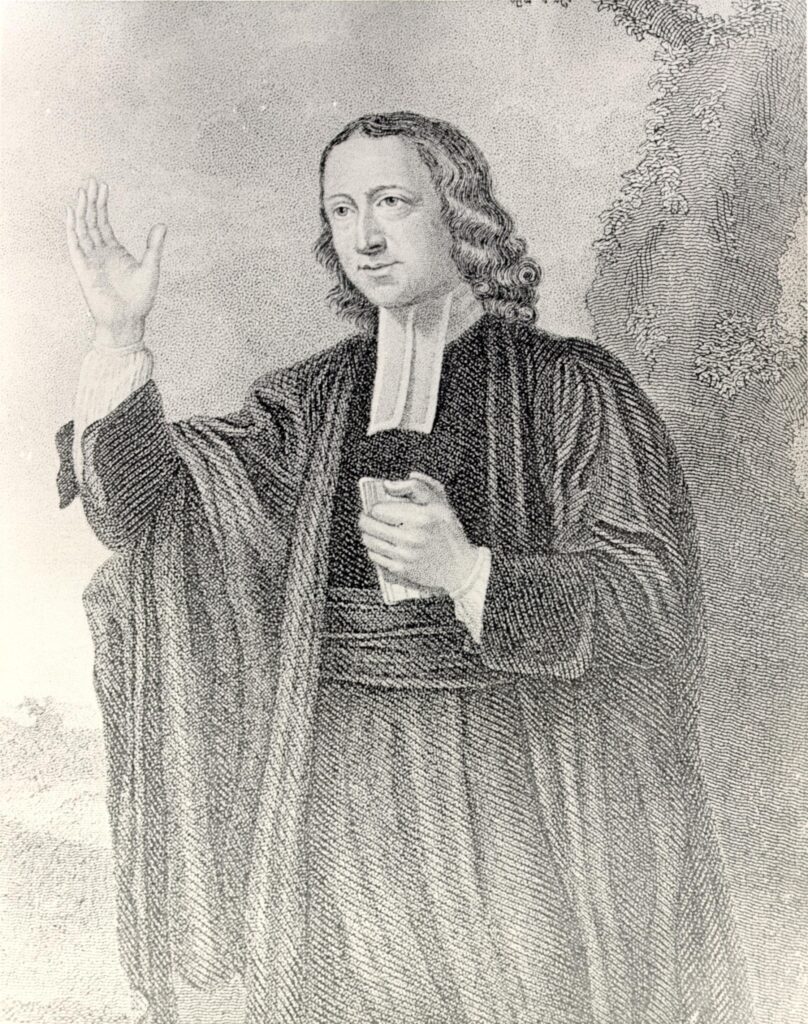
Courtesy of Stuart A. Rose Manuscript, Archives, and Rare Book Library, Emory University.
The ultimate cause for the dissolution of the pacifist Moravian colony was not the pressure to bear arms in the war against Spain, as some have suggested, but rather a crisis within the Moravian community. The group, which lived in communal quarters in Savannah and maintained no individual, private property, was plagued by quarreling, lack of cooperation, and other internal problems. These tensions drove many individuals and married couples away from Georgia; they either returned to Europe or scattered into Pennsylvania, never to rejoin the group. Others went to Pennsylvania and helped build what became the very successful communal settlements at Bethlehem and Nazareth. The communal ideal seemed to work better for Moravians and other German pietist groups when they moved into the backcountry and separated themselves from other colonists.
Moravian settlement and activities in Georgia after 1745 were limited but not insignificant. One of their bishops, Johann Ettwein, returned to Savannah in 1765 to check on the property the colony had left behind and found it in a dilapidated condition. Three missionaries arrived in 1774 and 1775 to preach to enslaved people and to recover some of the Savannah property, but their efforts were disrupted by old enemies, disease, and the Revolutionary War (1776-83), and the mission ended in 1779. In 1800 the Moravians resumed mission efforts in Georgia, and missionaries from the Wachovia settlement in North Carolina reopened a Native American mission. By this time the group had earned a reputation as successful missionaries to the Native Americans, and their Georgia missions to the Cherokees at Spring Place, in present-day Murray County (near the Tennessee border), and at Oochgelogy, in present-day Gordon County (begun in 1821), did well until federal removal policy led to their closures in the 1830s. The Creek mission on the Flint River, near Reynolds, was founded in 1807 but closed in 1813.
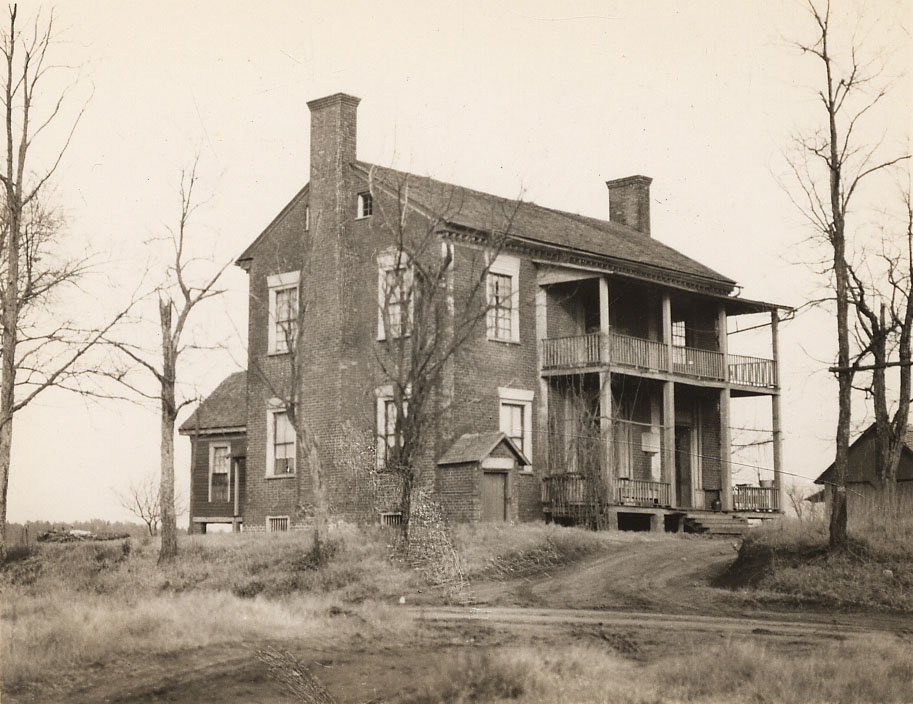
Courtesy of Hargrett Rare Book and Manuscript Library, University of Georgia Libraries.
A single Moravian congregation exists today in Georgia, at Stone Mountain.


